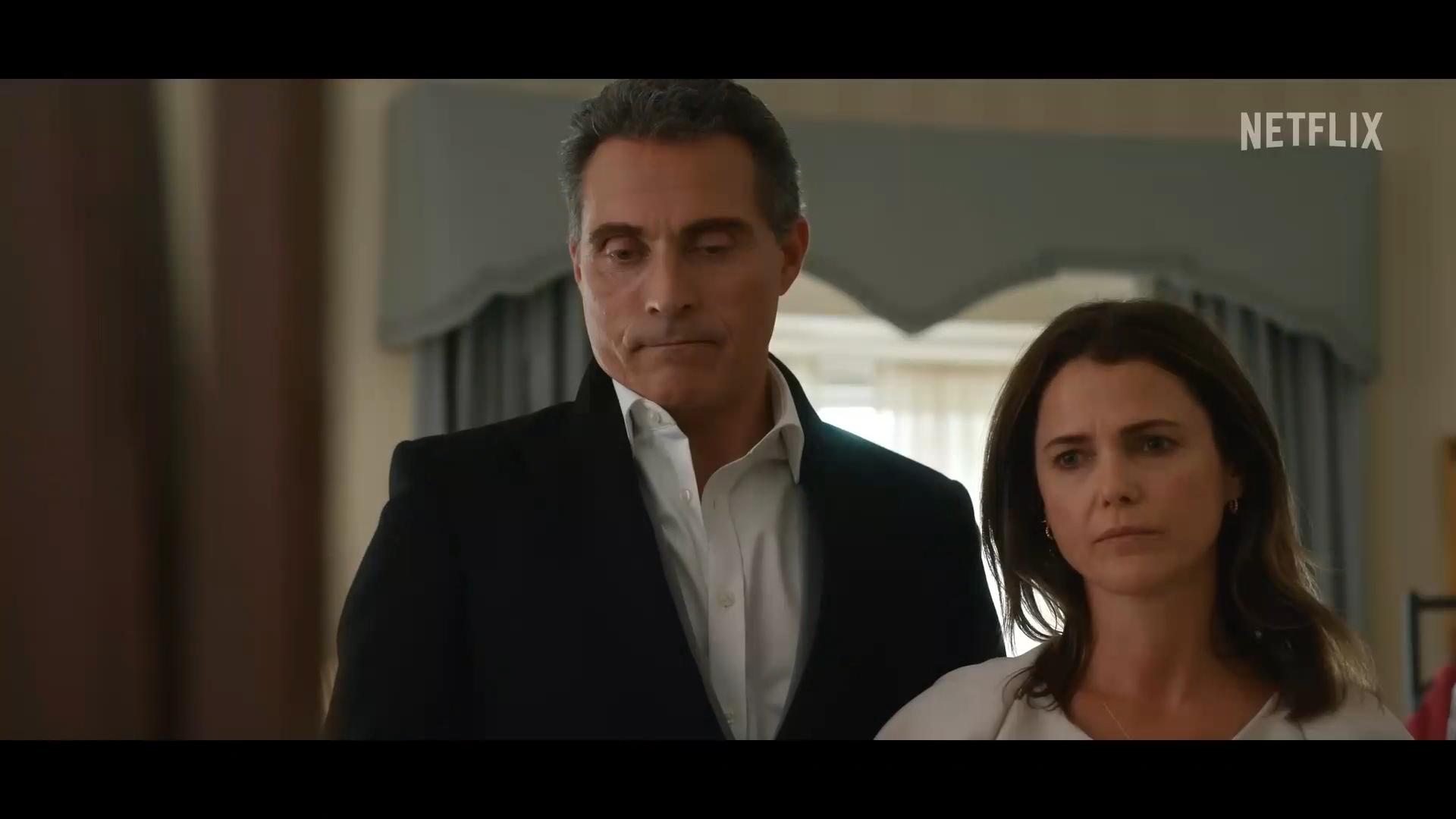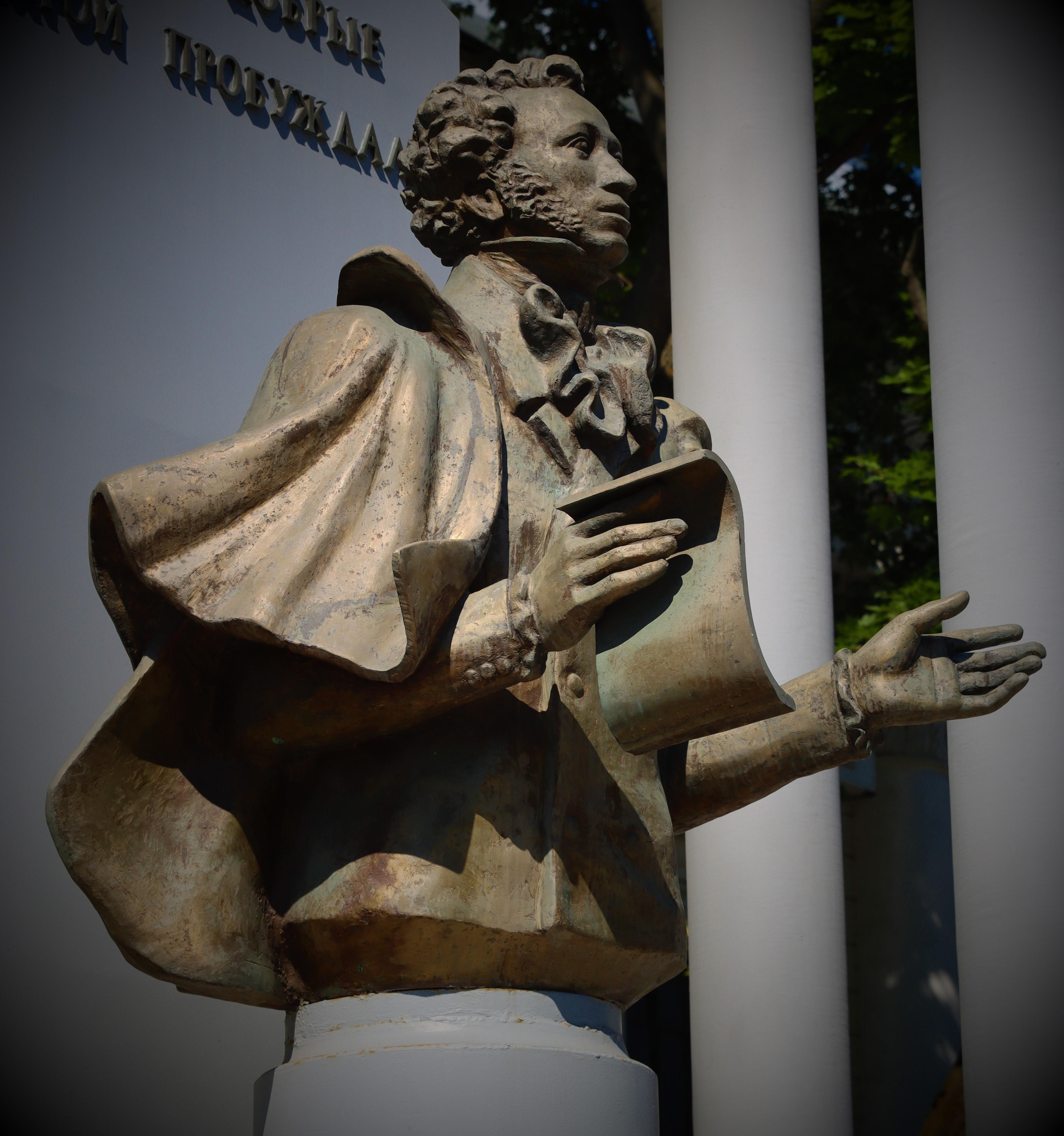In an era where global tensions and diplomatic intricacies dominate headlines, the portrayal of international relations in media has never been more pertinent. “The Diplomat,” a riveting series that has captured the attention of audiences worldwide, stands out as a masterful depiction of the complex and often perilous world of diplomacy. By weaving real-world geopolitical tensions into its narrative fabric, the series not only entertains but also educates viewers on the subtleties and stakes of global politics. This article delves into how “The Diplomat” successfully mirrors contemporary international conflicts, offering an insightful exploration of the strategies, negotiations, and ethical dilemmas faced by diplomats today. Through a combination of meticulous research, authentic storytelling, and nuanced character development, the series provides a compelling lens through which to understand the intricate dance of diplomacy in our interconnected world.
Depiction of International Relations and Political Intrigue
In ”The Diplomat,” the intricate dance of global politics is masterfully brought to life, reflecting the complexities and subtleties of international relations. The series deftly captures the delicate balance of power, portraying how diplomats navigate the treacherous waters of geopolitical tensions. Through its narrative, viewers gain insight into the behind-the-scenes maneuvering that defines diplomatic interactions. The show highlights the role of soft power, the influence of cultural diplomacy, and the often-unseen impact of back-channel negotiations.
The series also explores the personal stakes involved in political intrigue, where the professional and personal lives of diplomats often intersect. Characters are shown grappling with moral dilemmas, balancing national interests with personal ethics. This is vividly illustrated through scenes that depict:
- Confidential meetings in dimly lit rooms where alliances are forged and broken.
- Strategic leaks to the media, used as tools to sway public opinion or pressure adversaries.
- Coded communications that reveal the importance of information control in diplomacy.
By weaving these elements into its plot, “The Diplomat” not only entertains but also educates its audience on the intricate web of global diplomacy, making it a compelling watch for those intrigued by the art of statecraft.

Character Development and Realism in Diplomatic Scenarios
In ”The Diplomat,” character development is intricately woven with the realism of diplomatic scenarios, creating a narrative that resonates with authenticity. The series deftly portrays the multifaceted personalities of diplomats, highlighting their internal conflicts and moral dilemmas. Characters are not mere archetypes; they are complex individuals grappling with the pressures of international politics and personal ambitions. This depth is achieved through detailed backstories and nuanced interactions, allowing viewers to witness the evolution of each character as they navigate the treacherous waters of diplomacy.
- Authentic Dialogue: The dialogue reflects the tension and urgency of real-world negotiations, providing insight into the strategic thinking and emotional intelligence required in high-stakes diplomacy.
- Dynamic Relationships: Interpersonal dynamics are explored with a keen eye for realism, showcasing alliances and rivalries that mirror actual diplomatic relations.
- Realistic Settings: The series uses meticulously crafted settings that capture the essence of international summits and embassy environments, enhancing the believability of the narrative.
By focusing on these elements, “The Diplomat” not only entertains but also educates its audience about the intricacies of global diplomacy, offering a rare glimpse into the lives of those who operate behind the scenes in shaping world events.
Cinematic Techniques Enhancing Authenticity and Engagement
In ”The Diplomat,” the filmmakers employ a variety of cinematic techniques to create a palpable sense of realism and immersion, drawing viewers into the intricate world of international diplomacy. Camera work plays a crucial role, with the use of handheld cameras and close-up shots that mimic the documentary style, providing an intimate glimpse into the characters’ emotions and the high-stakes environments they navigate. This approach allows the audience to feel as though they are part of the unfolding drama, experiencing the tension and urgency firsthand.
Additionally, the series makes effective use of lighting and sound design to enhance authenticity. The creators often utilize natural lighting to maintain a realistic atmosphere, while the soundscape is meticulously crafted to include ambient noises that one might encounter in real diplomatic settings, such as the hum of bustling offices or the quiet intensity of a negotiation room. These elements are complemented by a carefully curated score that underscores the emotional weight of each scene without overpowering it. Together, these techniques not only engage viewers but also provide a nuanced portrayal of the complexities and pressures inherent in global diplomacy.
Recommendations for Accurately Portraying Geopolitical Conflicts
To achieve an authentic representation of geopolitical conflicts, creators must delve into meticulous research and consultation with experts. Engaging with historians, political analysts, and cultural advisors ensures that the narrative is not only compelling but also grounded in reality. This approach helps in capturing the intricate dynamics and historical context that shape these conflicts. Moreover, it is crucial to depict the multifaceted nature of such issues, acknowledging the perspectives of all parties involved. This not only enriches the storyline but also fosters a more nuanced understanding among viewers.
Incorporating real-world elements can be achieved through the following strategies:
- Authentic Dialogue: Use language and terminology that reflect the political climate and cultural nuances.
- Complex Characters: Develop characters that embody the diverse viewpoints and motivations present in real-world scenarios.
- Accurate Settings: Recreate environments that are true to the regions in conflict, paying attention to detail in architecture, attire, and social customs.
- Balanced Storytelling: Avoid oversimplification and stereotypes, presenting a balanced narrative that respects the complexity of the issues.
By adhering to these recommendations, creators can craft a narrative that not only entertains but also educates, offering viewers a deeper insight into the geopolitical tensions that shape our world.


